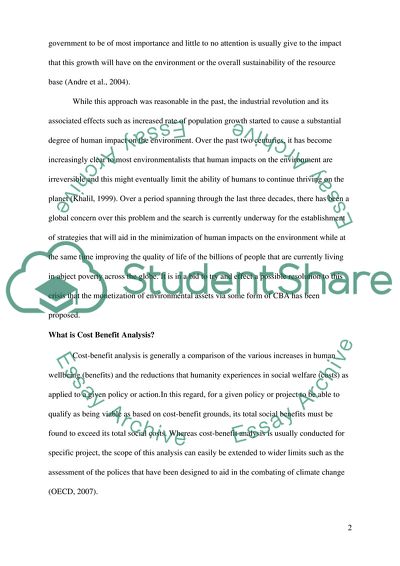Cite this document
(“Monetarization of Environmental Assets Essay Example | Topics and Well Written Essays - 1750 words”, n.d.)
Monetarization of Environmental Assets Essay Example | Topics and Well Written Essays - 1750 words. Retrieved from https://studentshare.org/environmental-studies/1701669-monetarization-of-environmental-assets
Monetarization of Environmental Assets Essay Example | Topics and Well Written Essays - 1750 words. Retrieved from https://studentshare.org/environmental-studies/1701669-monetarization-of-environmental-assets
(Monetarization of Environmental Assets Essay Example | Topics and Well Written Essays - 1750 Words)
Monetarization of Environmental Assets Essay Example | Topics and Well Written Essays - 1750 Words. https://studentshare.org/environmental-studies/1701669-monetarization-of-environmental-assets.
Monetarization of Environmental Assets Essay Example | Topics and Well Written Essays - 1750 Words. https://studentshare.org/environmental-studies/1701669-monetarization-of-environmental-assets.
“Monetarization of Environmental Assets Essay Example | Topics and Well Written Essays - 1750 Words”, n.d. https://studentshare.org/environmental-studies/1701669-monetarization-of-environmental-assets.


